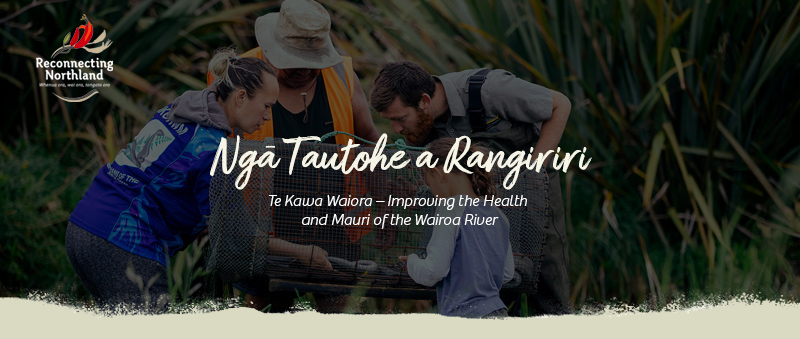At the end of this formal mahi exploring the health and mauri of the Wairoa River, its people and its surrounding areas, it’s time to reflect on what we found.
That story isn’t a totally happy one. Although we can be proud of the work undertaken to deliver Te Kawa Waiora research, we have to acknowledge that what it ultimately showed was a people and environment thirsting for a very different path to a very different future. The big question now is whether that future can be realised.
There were three big findings from the research, which was released as a full and final report by Dr Te Ahukaramū Charles Royal, Reconnecting Northland and the research committee on 17 June, at an event in Whangārei. Each finding has two sides to it -
There’s a deep thirst and excitement for the recovery of traditional knowledge, but this arises from an understanding that so much has been lost already.
There’s a strong focus on reducing the fragmentation caused by generations of use and misuse of the river system and the whenua that surrounds it, but this arises from an understanding that this important awa and it's many rivers and streams has been hurt badly over the years.
There’s a deep skepticism among tangata whenua communities about the ability of Crown-led processes and organisations (like local government) to solve the real problems of the natural world, which motivates and energises tangata whenua to do things differently. But, this arises from an understanding that years of underinvestment, bureaucracy and misunderstanding have gone before, while things have only gotten worse.
The question now is, what next?
|








